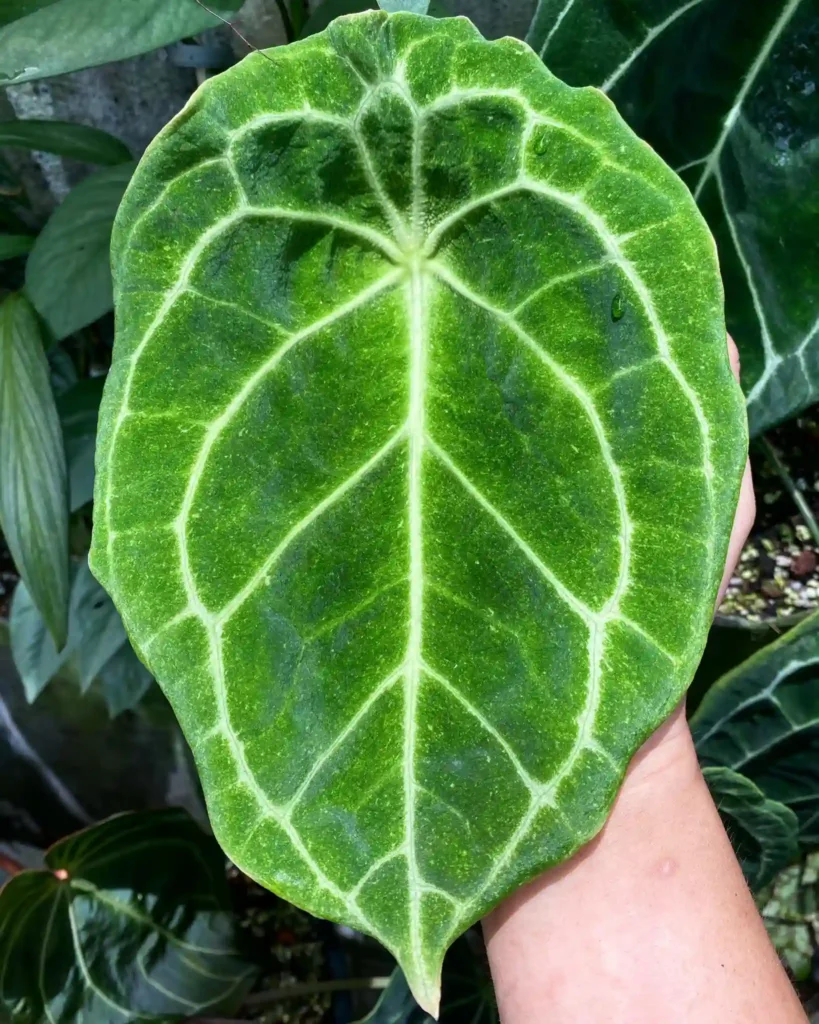
Azolla Filiculoides: The Tiny Aquatic Fern with a Big Impact
Hi, I’m Ferb Vu, and I spend a lot of time by the water. Whether it’s fishing, kayaking, or just enjoying the scenery, I’ve come across some fascinating aquatic plants. One that recently caught my eye is the Azolla Filiculoides, also known as the water fern. It’s tiny, but it packs a punch – both good and bad – in the aquatic ecosystem.
8 Species in Genus Azolla
What is Azolla Filiculoides?
Azolla Filiculoides is a free-floating freshwater fern native to the warm temperate and tropical regions of the Americas. Imagine a miniature fern, no bigger than your fingernail, with fronds that can be green, reddish-brown, or even purplish-orange. It branches freely and breaks into smaller pieces as it grows, forming dense mats across the water’s surface.
Azolla Caroliniana vs Filiculoides
When I compared Azolla Caroliniana and Filiculoides, I found that Azolla Caroliniana grows faster in my pond, while Filiculoides seemed to struggle a bit more with temperature fluctuations.
Friend or Foe? The Two Sides of Azolla Filiculoides
There’s a good reason Azolla Filiculoides is both cultivated and considered invasive in many parts of the world. Here’s a breakdown of its benefits and drawbacks:
The Beneficial Side:
- Nitrogen Fixer: Azolla Filiculoides has a special talent – it forms a symbiotic relationship with a type of bacteria called Anabaena. This bacteria captures nitrogen from the air and converts it into a usable form for the fern. In turn, the fern provides the bacteria with a sheltered home. This nitrogen-fixing ability makes Azolla Filiculoides a valuable green manure for rice paddies, reducing the need for synthetic fertilizers.
- Water Purifier: Azolla Filiculoides acts as a natural filter, absorbing excess nutrients like phosphorus from the water. This helps to control algae blooms and improve water quality.
The Invasive Side:
While beneficial in controlled settings, Azolla Filiculoides can become a real problem when accidentally or intentionally introduced into new environments. Its rapid growth rate allows it to quickly form dense mats that block sunlight from reaching underwater plants. This disrupts the aquatic ecosystem, leading to:
- Reduced Plant Growth: With less sunlight, other aquatic plants struggle to thrive, diminishing food sources for herbivores.
- Decreased Oxygen Levels: As the Azolla Filiculoides mats decompose, they use up oxygen in the water, creating hypoxic zones (low-oxygen areas) that can suffocate fish and other aquatic life.
- Habitat Disruption: The dense mats Azolla Filiculoides forms can alter water flow patterns and smother native underwater habitats, impacting the overall biodiversity of the ecosystem.
Azolla Filiculoides vs. Duckweed: Tiny Terror Twins?
Another common aquatic plant, duckweed, can sometimes be mistaken for Azolla Filiculoides. Here’s a quick comparison to clear things up:
- Appearance: Duckweed is generally thicker and greener than Azolla Filiculoides. It also lacks the reddish or purplish coloration that Azolla Filiculoides can exhibit.
- Growth Habit: Both are free-floating, but duckweed tends to clump together more, while Azolla Filiculoides forms a looser, feathery mat.
- Impact: Similar to Azolla Filiculoides, duckweed can also form dense mats that block sunlight and disrupt the ecosystem. However, duckweed generally decomposes faster and may not have as severe an impact on oxygen levels.
Living with Azolla Filiculoides: Can We Coexist?
Azolla Filiculoides is a complex little fern. While it has valuable uses, its invasive potential requires careful management. Here are some ways we can coexist with this tiny plant:
- Prevention is Key: The best way to deal with Azolla Filiculoides is to prevent its introduction into new environments. This means thoroughly cleaning boats and equipment after use in infested waters.
- Early Detection and Control: If Azolla Filiculoides is spotted early, manual removal or the use of specific herbicides might be effective control methods. However, these methods should only be implemented under the guidance of qualified professionals to minimize impact on the surrounding ecosystem.
- Research and Development: Scientists are constantly researching ways to manage invasive species. Exploring the use of biological control agents like specific insects or fungi that feed on Azolla Filiculoides is a promising area of study.
By understanding the benefits and drawbacks of Azolla Filiculoides, we can learn to appreciate its role in the ecosystem while taking steps to prevent its uncontrolled spread. Remember, a little knowledge can go a long way in protecting our waterways.
If i die, water my plants!



